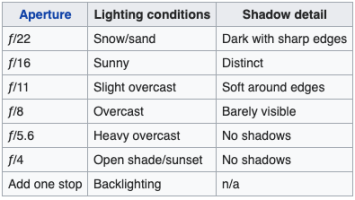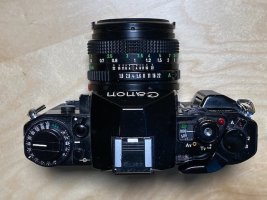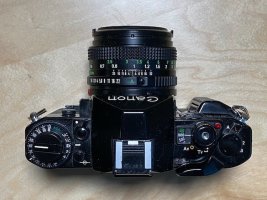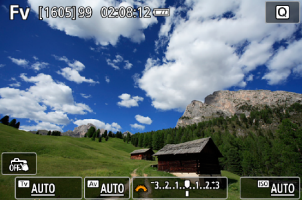It’s only “technically what it is” if you believe what is written in a translated manual by somebody that doesn’t know cameras, kinda like “Master and slave flashes” which have now been dropped.
If on the other hand you have an ounce of common sense then manual means the user sets the ss, aperture, and iso. Let’s use some common sense here, if the camera is setting the EV based on its meter it isn’t ’manual’ mode.
As for those saying the camera still does focus and WB so it isn’t manual, well it Only does AF of you tell it to, it only does auto WB if you tell it to, auto iso is the camera working out what to do so by the very definition of the word it isn’t manual.
I wonder how many others like me are out there? I use true M mode, set a manual Kelvin WB and mostly use non auto focus lenses, but that is because those settings are best suited to the majority of what I do. I am happy to use AF, auto WB especially the newer AWBw, and I’ll happily use ‘manual mode‘ with auto iso, but when I do I also understand the camera is setting the EV value and I have to adjust that via EC just as I do in Av and Tv modes. And if I do that I could only possibly ever need three dials to do so because there are only ever three values to change.
To my addled brain if the camera is setting the EV value it isn’t in Manual.
It would be nice if Canon added an option menu for M mode that let us check/uncheck the things we want to be decoupled when we switch to it. Being able to turn off Auto ISO and AWB and de-activate AF from the shutter button just by switching to M would be great for switching back and forth between P for single-shot-all-auto and M for panos. Additionally, it would be nice if M mode had the option to remember all last-used settings.
Right now the only way I can think of to get close is by using C1/2/3.
Upvote
0





